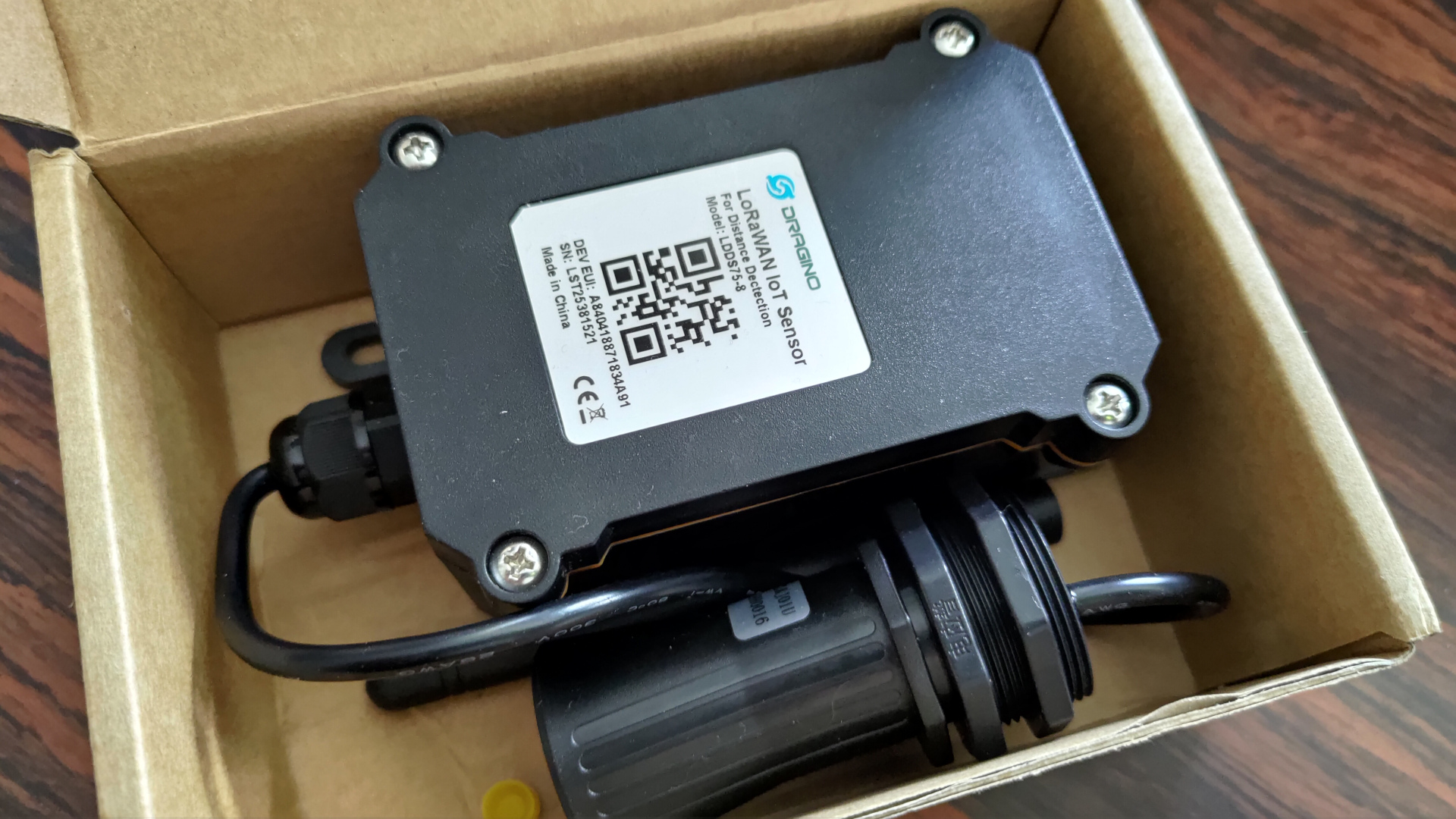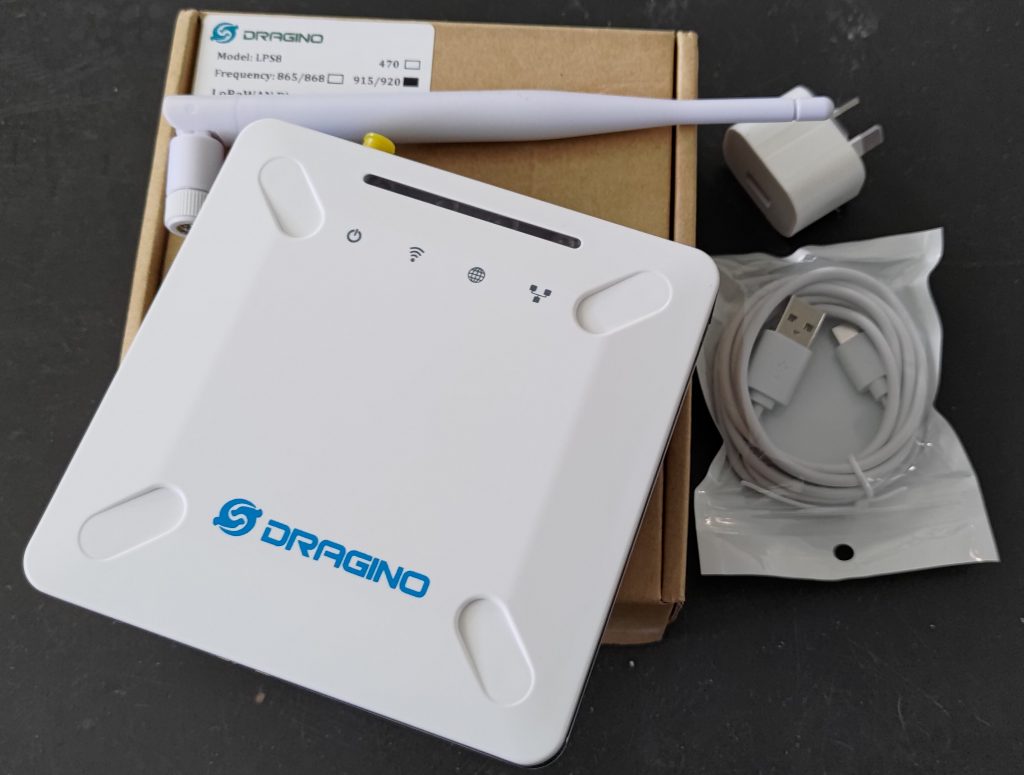LoRaWAN devices are a popular solution for IoT, with many benefits, but they cannot connect directly to Azure IoT.
LoRaWAN devices communicate using LoRa to a local LoRaWAN gateway, which then communicates using standard protocols to a LoRaWAN network server. Only then can it be converted to a suitable IP-based protocol to connect to Azure IoT.
Even if they did share a common network, LoRaWAN IoT devices are often small, low-power, battery operated devices that operate in short bursts of minimal communication, and not the verbose communication expected by Azure IoT, so you would want to use a gateway anyway.
To test out connecting field-ready LoRaWAN devices to Azure IoT, I ordered a Dragino LDDS75 LoRaWAN Distance Detection Sensor, used to measure the distance between the sensor and a flat object. It can be used for both horizontal and vertical distance measuring, such as liquid level measurement or object detection (e.g. parking space).
The Dragino platform uses open source hardware, with Dragino schematics and details fully available on github, although you are probably better off purchasing one than trying to build it yourself.
I set up the device up using The Things Network, a community network suitable for small scale testing, connected to Azure IoT.
Continue reading LoRaWAN to Azure IoT — Unboxing the Dragino LDDS75(17 min read)



